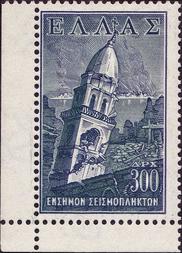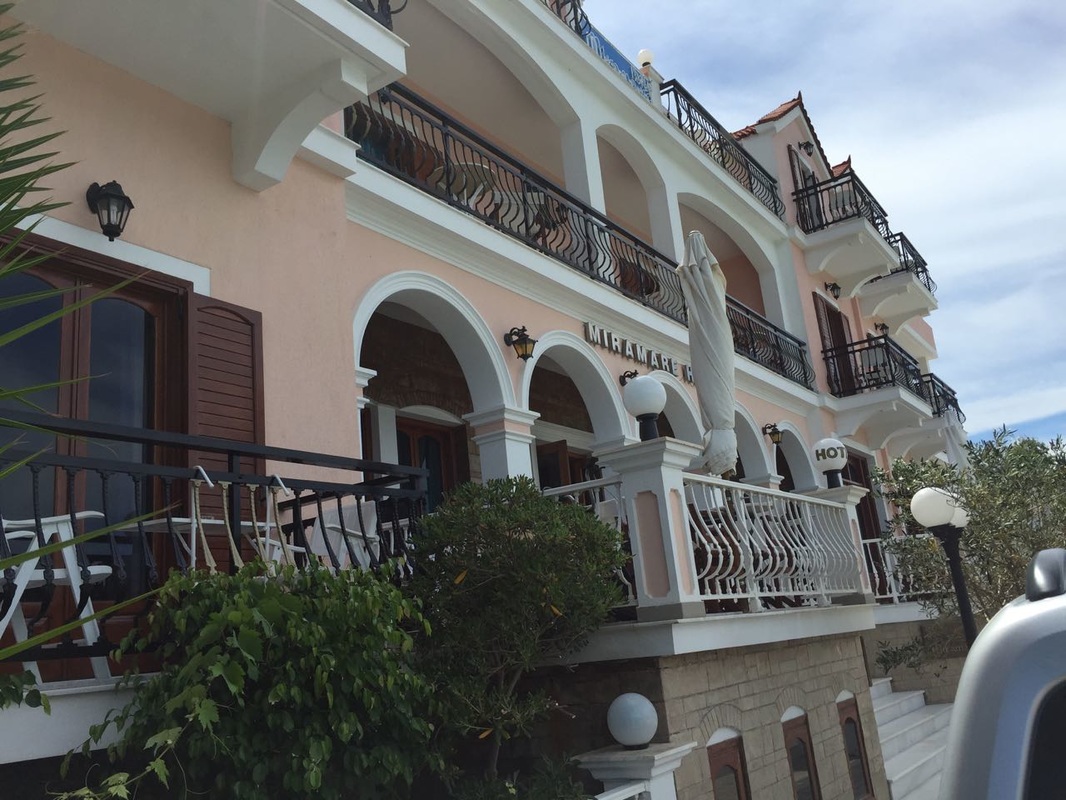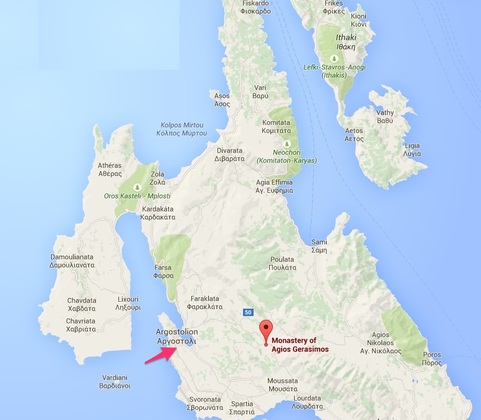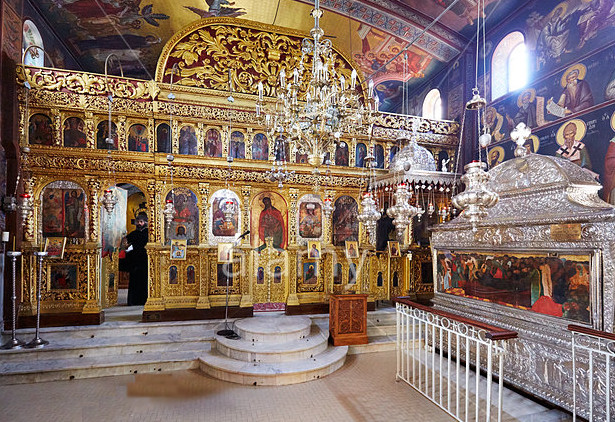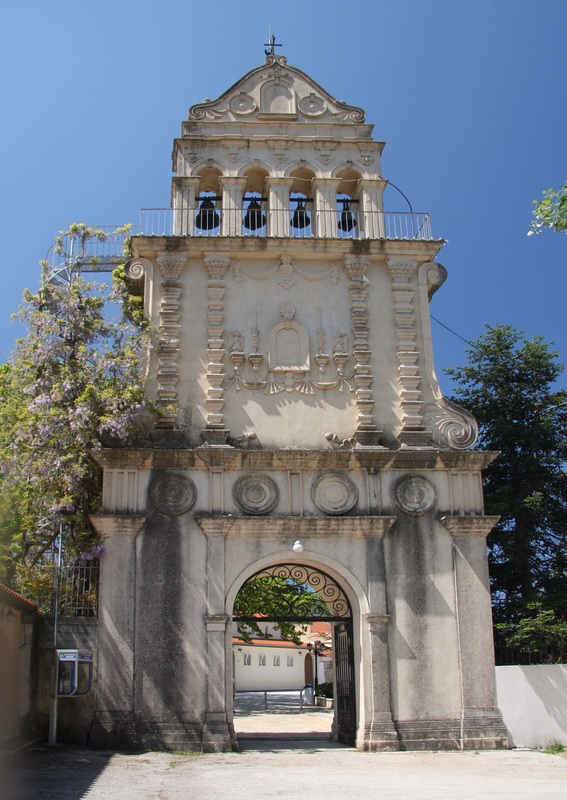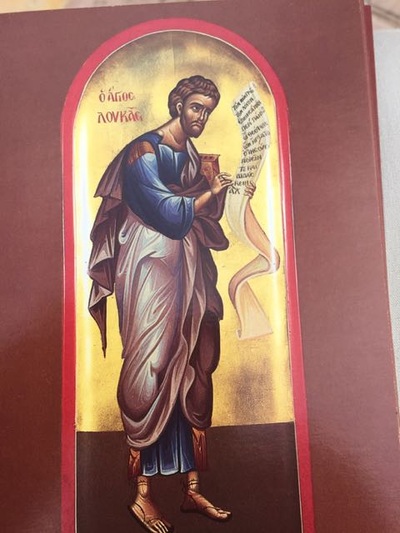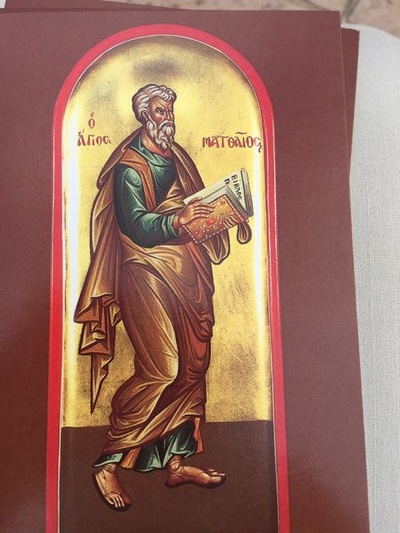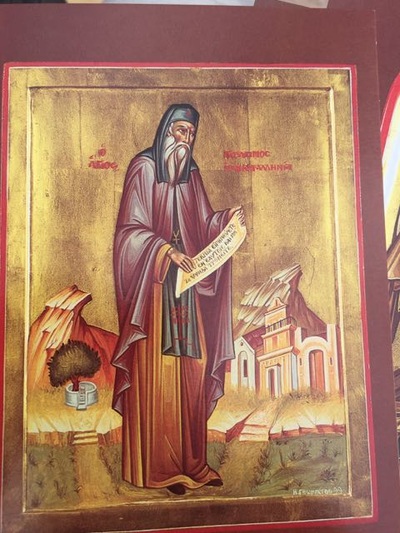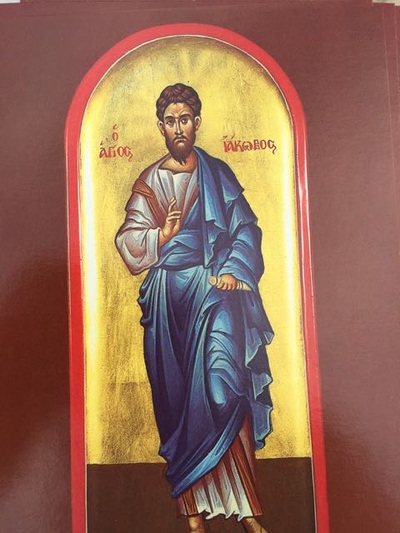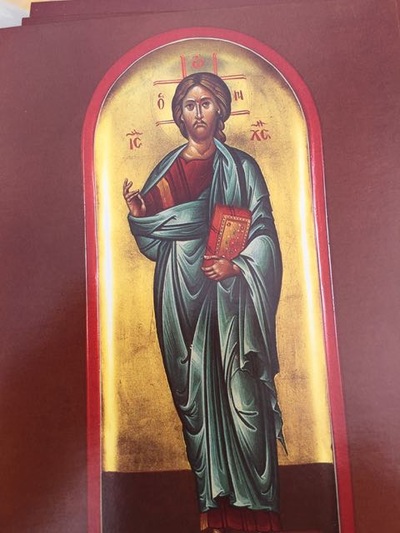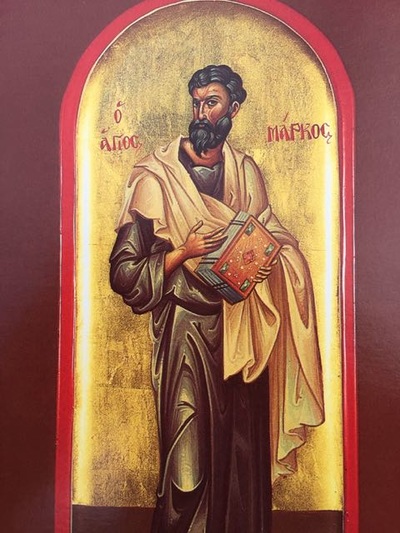Kefalonia (Cephalonia)
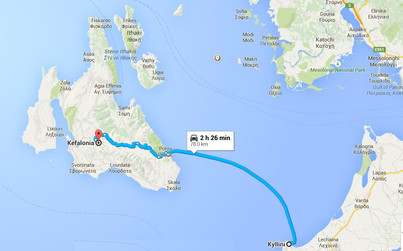
Tourists flock to the well-known Greek islands of Mykonos, Crete, Santorini, and even Corfu, but one small gem in the Ionian Sea is truly a breathtaking rival. We arrive in Kefalonia late afternoon at the port town of Poros and then drive another hour to the capital, Argostoli on the western side of the island. After having been bumped a few days earlier by our booked hotel. John had to scramble to find a substitute and we ended up at a sweet family-owned hotel right on the street facing the port. The island is sandwiched between its northern neighbors Kerkyra (Corfu), Paxi and Lefkada, and to the south by Zakynthos (Zante). Ithaca (island home of Odysseus in Homer's classical poem, The Odyssey) lies closely to the northeast.
Situated remotely from mainland Greece, politically the islands were ruled over time by Rome and Byzantium, and from the 13th to the 15th centuries by the Venetians. When the rest of the Greek Empire fell to the Ottomans in 1453, the Ionians islands resisted but continued to be dominated by the Venetians until the beginning of the Greek National movement of the 18th and 19th centuries. Other nations briefly occupied the Ionian islands but their physical and political connections to Venice and Italy influenced the culture of these western islands.
Situated remotely from mainland Greece, politically the islands were ruled over time by Rome and Byzantium, and from the 13th to the 15th centuries by the Venetians. When the rest of the Greek Empire fell to the Ottomans in 1453, the Ionians islands resisted but continued to be dominated by the Venetians until the beginning of the Greek National movement of the 18th and 19th centuries. Other nations briefly occupied the Ionian islands but their physical and political connections to Venice and Italy influenced the culture of these western islands.
|
St Gerasimos
St. Gerasimos (1506-1579) was born into an aristocratic family in the Peloponnese, became a monk at Mount Athos and spent several years in Jerusalem, Crete and Zakinthos. He came to Kefalonia in 1555 and lived in a cave. Though a secluded monastic, his mission was to care for the poor and it was at the site of the current monastery that he established a women's convent fort he purpose of dispensing charity. He lived there until his death in 1579 and is said to have performed many healing miracles. He is revered as the patron saint of the island and his full relics still lie in a silver and glass reliquary in a small older church, accessible for veneration by thousands of visitors and islanders each year. There is also a modern larger church painted with contemporary frescos in addition to the nuns' quarters and buildings, including a museum. The site is surrounded by beautiful orange trees and stunning landscaping. Panoramic movie of the monastery grounds |
Frescos (modern) at the monastery church (below). |
